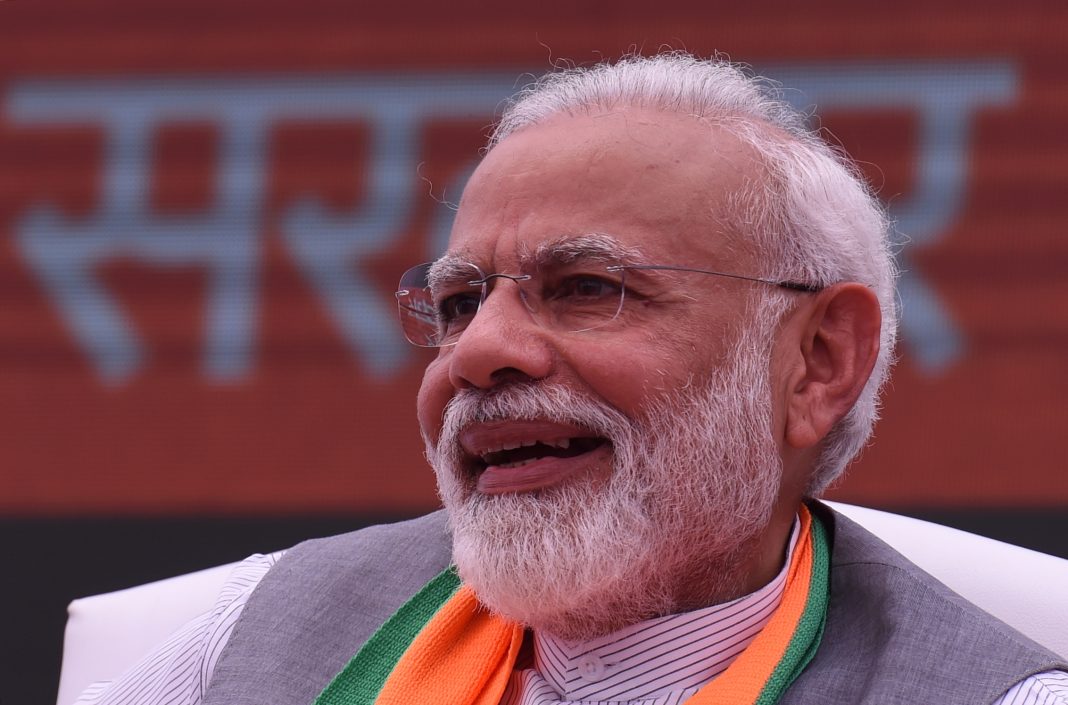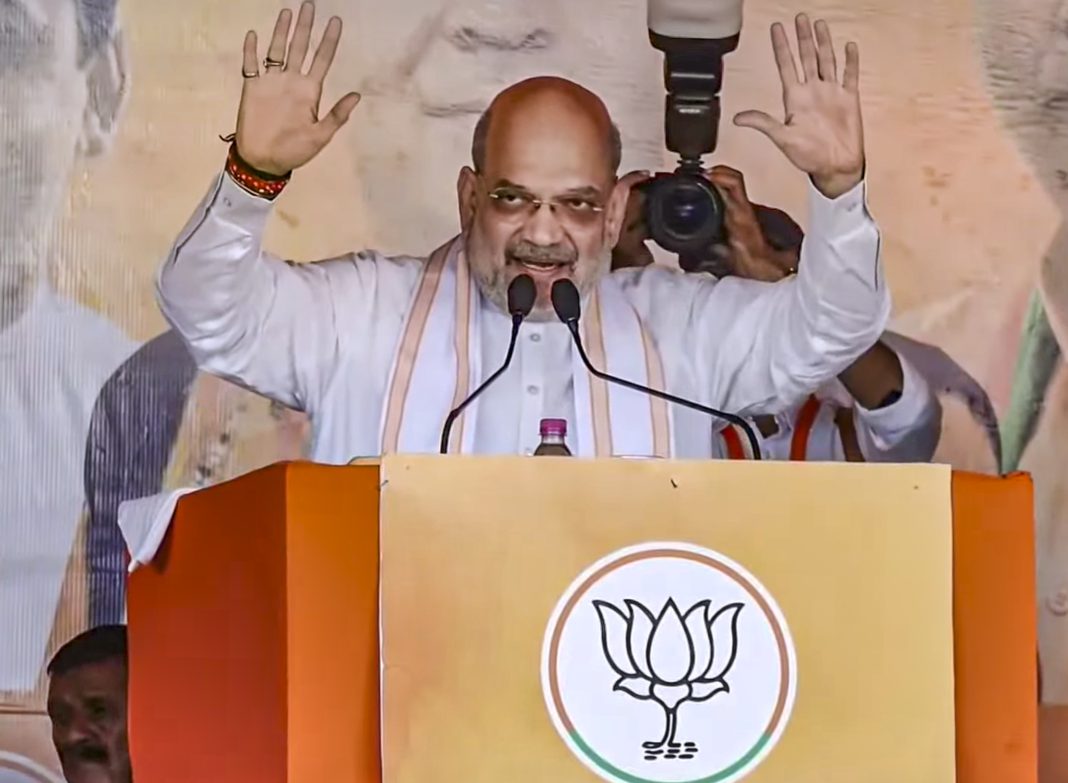Pune, Sept 26: Prime Minister Narendra Modi on Thursday said a country can aim for high achievements only if it has a big vision and asserted that technology upgradation should be to empower the poor.
Speaking after launching via video link three PARAM Rudra supercomputers, developed indigenously under National Supercomputing Mission, Modi asserted that today’s India is carving new opportunities in the infinite sky of possibilities.
Modi said his government has taken steps to ensure research in technology benefits the common man.
“We started the national supercomputing mission in 2015 and now quantum computing technology has taken a lead which will help improve IT, manufacturing, MSMEs and startups,” he said.
Modi said his government is giving priority to science, technology and research.
“Mission Gaganyan preparations have begun and by 2035 we will have our own space station,” he said, adding that the first phase of the project has been approved.
“Science for self-reliance is our mission,” Modi said.
The three supercomputers, built at a cost of Rs 130 crore, have been deployed in Pune, Delhi and Kolkata to facilitate pioneering scientific research, Modi said.
Modi also inaugurated the Rs 850 crore High-Performance Computing system tailored for weather and climate research, and described the day as one of a “very big achievement” in science and technology sector.
“There is no sector which does not rely on technology and computing capability,” Modi said. “In this revolution, our share should not be in bits and bytes but in terabytes and petabytes. Therefore, this achievement proves that we are moving in the right direction at the right pace,” he said.
The significance of science is not only in invention and development, but also in fulfilling aspirations of the last person, Modi said.
India is building its own semiconductor ecosystem which will be a key part of the global supply chain, Modi said.
The Giant Metre Radio Telescope (GMRT) in Pune will leverage the supercomputer to explore Fast Radio Bursts (FRBs) and other astronomical phenomena.
The Inter University Accelerator Centre (IUAC) in Delhi will enhance research in fields like material science and atomic physics, while the S N Bose Centre in Kolkata will drive advanced research in areas such as physics, cosmology, and earth sciences.
The High-Performance Computing system is tailored for weather and climate research and the project represents an investment of Rs. 850 crore, marking a significant leap in India’s computational capabilities for meteorological applications.
Located at two key sites, the Indian Institute of Tropical Meteorology (IITM) in Pune and the National Centre for Medium Range Weather Forecast (NCMRWF) in Noida, the HPC system has extraordinary computing power.
The new HPC systems are named ‘Arka’ and ‘Arunika,’ reflecting their connection to the Sun.
These high-resolution models will significantly enhance the accuracy and lead time of predictions related to tropical cyclones, heavy precipitation, thunderstorms, hailstorms, heat waves, droughts, and other critical weather phenomena. (PTI)




